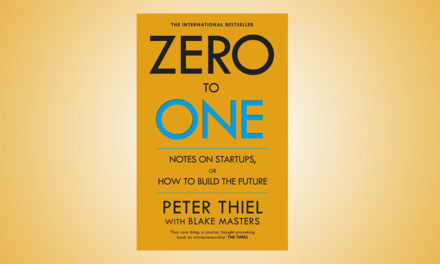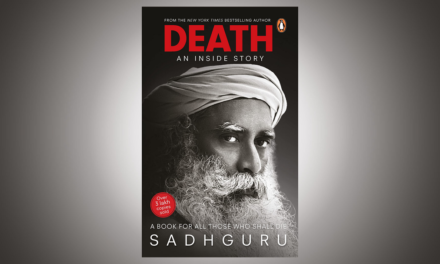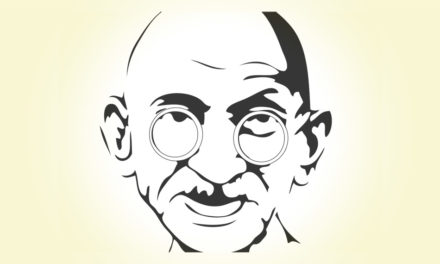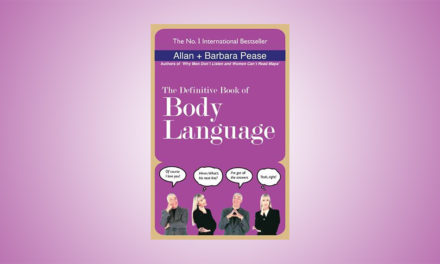Table of Contents
Leonardo Da Vinci is so big of a myth and legend that even though I knew close to nothing about him in my early school years, I still knew he was the greatest painter/artist of all time. When discussions about geniuses of the present and past popped up his name was always present alongside other greats like Einstein.
When we look back on the man we can always see him gazing in the future, a man ahead of his time who might just have invented a flying machine in 15th Century Italy.
Conspiracy theories are also attached to his life fairly easily. It’s because of the enigmatic life he lead, the sparse documentation he did of his personal life, and his association with the wise and mighty of his time.
His association with the Illuminati, the secret world order that is said to run our world in actuality first appeared popularly in the book the Da Vinci Code by Dan Brown and next in a masterpiece game I played, the Assassins Creed 2, in which Leonardo is shown as a member of the Assassins Creed aiding the resistance against the Templars (Illuminati) with his wit and technology.
The life of the man itself encouraged imaginativeness and so even after knowing something about him I actually knew nothing and eventually he became such a huge myth that I stopped paying attention to anything Da Vinci. He became for granted in my mind like the Buddha, Krishna, and Jesus have become in the world, who are great we know right?
Then one day I saw Da Vinci’s biography done by Walter Isaacson in my office’s library. I had read Jobs by Walter Isaacson earlier and I know he is a great biographer so the book instantly compelled me to check it out. Before seeing it there I did not know such a book even existed.
What surprised me immediately was that the book was filled with amazing illustrations. Over 140 in total and the first two pages had an illustrated timeline of Da Vinci’s life portraying the milestones. The index had many interesting chapters listed and after reading the first chapter or two I found it intriguing and felt that this could be the most detailed, accurate account of his life that I could find in a single book. It was finally time to demystify the myth and to understand the truth behind the legend himself.
What do you get in this biography of Leonardo Da Vinci?
Walter Isaacson has so intricately and skillfully explained the nuances of art in this book that by the time you finish it you will feel like you finally understand what to look for in great paintings, to truly appreciate them when you visit an art exhibition or museum.
You will sensibly comprehend why the Mona Lisa is not at all overrated and what makes it the masterpiece of ages.
Owing to that I came to an understanding as a writer that “A writer is great when the reader feels smart after reading the material.” This is only the second book I read from Isaacson but I can confidently say that it’s one of his best. Not just his best but overall the book has an awe-inspiring aura and is definitely one of the great books out there.
The book itself will take you through an elaborate stroll through the middle ages Italy and the renaissance. All seen through the lens of Leonardo’s observation.
You will hear the sounds of Florence and smell the canals of Venice and many such occasions and places Leonardo will visit in his lifetime.
You will see Leonardo feverishly marry art and science, leaving some projects incomplete and working on a few years on end. Kenneth Clark an Art historian once said, “It was a variety of employment which Leonardo enjoyed, but which left posterity the poorer.” In the book, Isaacson disagrees and writes “But if posterity is poorer . . . it is also true his life was richer.”
In one of his notes in the book, Leonardo himself noted, as if asking creation itself, “Tell me was anything ever done…tell me….tell me.”
The book is based on thorough research, including the analysis of thousands of pages of Leonardo’s notebooks. Although we don’t get many insights into his personal life we sure do read about little things like his vegetarianism, based on scientific and philosophical rational rather than religious ones.
We also get to know that Leonardo wanted to be known more as an engineer or a man of science than the artist he was. In a description of Leonardo by Baldassare Castiglione, an author and courtier who knew Leonardo in Rome wrote of him, “One of the world’s finest painters, who despises the art for which he has so rare a talent and has set himself to learn philosophy [meaning the sciences].”
And it is this curiosity about understanding the functioning of the world through science that made his art better than most.
He deduced science by spotting patterns in nature and theorized by making analogies with his laser focus and expertise in multiple disciplines. A true polymath who had an undying curiosity for understanding existence.
More than once in the book, Isaacson praises his power of observation and almost makes it seem supernatural.
The honor of founding the scientific method and the title of the father of modern science would have been bestowed on Leonardo instead of Galileo, who was born 112 years later if Da Vinci had just published even some of his scientific writings during his lifetime, points the historian Fritjof Capra in this book.
Bill Gates has the Codex Leicester, one of Leonardo’s original notebooks that have scientific writing, take a look at what he has to say about it.
A tip for artists from the Master himself
In the book we find Leonardo taking the standard path of every so-called purist artist in the world which is relying on practical practice more than the conjunction of the theory behind the art. Because most people, not just artists think that any skill manifests itself from the soul, raw talent, and persistent action rather than jargon written by namesake experts in the name of theory.
But rarely anyone understands, may it be a bodybuilder, painter, guitarist, or a scientist that knowing the preexisting science behind what you are doing will give your practice a direction that will streamline your progress.
Like I often say to the people around me, knowing everything there is allows you to comprehend what’s missing and invent the new. You don’t have to go about reinventing the wheel because our ancestors have already done it. When you know the wheel exists, then you can go invent the engine. What’s the point of committing the same mistakes that took place ages ago? Just because you started from scratch you can’t claim you have invented the wheel, you objectively just wasted your time.
Eventually in Leonardo’s later years, maybe his late 30’s or early 40’s, as Isaacson puts it in the book, “He even came to be dismissive of experimenters who relied on practice without any knowledge of the underlying theories.”
And in Leonardo’s own words that he wrote in 1510, “Those who are in love with practice without theoretical knowledge are like the sailor who goes onto a ship without rudder or compass and who never can be certain whither he is going. Practice must always be founded on sound theory.”
I particularly dedicated this tip to artists because the people from this profession fall prey to this ideology more than any other.
Bill Gates has his own review of this book as well, check out what he has to say about –
vuoma eccellentissimo e sinnghularissimo
The many interpretations and conspiracies surrounding Leonardo’s work spring forth because of his obsessive involvement with the finest of details of his works. The presence of the vaguest anomalies in his paintings makes us wonder about the hidden meaning behind them and if they were an accident or a production of his intentional genius.
As you learn to discern Leonardo’s paintings from the paintings of others, as Walter Isaacson teaches you through his intricate explanations in the book, you too will begin attempting to analyze the art in the book before you read what the author has written about them. You too will start mulling over details that were otherwise insignificant or absent for you earlier.
And that is the effect Leonardo will have on you after this book. The master’s obsession with careful observation will rub over you across centuries.
Leonardo’s half-brother Giuliano’s wife jotted down a postscript in a letter she wrote to her husband, “I forgot to ask you to remember me to your brother Lionardo, a most excellent and singular man [vuoma eccellentissimo e sinnghularissimo]. After receiving the letter from Giuliano, Leonardo kept it with him for the rest of his life.
It seems genuine appreciation and recognition were precious even to the great Leonardo.
In the end, the book rather than just being an account of the life of one of the greatest creative geniuses of history is a message that with relentless curiosity, undying passion, and spirited imagination even we can hope to reach greatness.
I will conclude this review with a quote by Leonardo –
“As a well-spent day brings a happy sleep, “so a well-employed life brings a happy death.”
Instead of a straightforward review, these are the many thoughts I had after reading the book. A lot of reviewers complained that the book was unnecessarily long in places but I felt that like myself, even Isaacson would have had a tough time trimming out even little things from the life of Leonardo Da Vinci because everything is that fascinating.
Readers from India can purchase this book by clicking here.
Others can try clicking on one of the Euro stores and see if you land on your local Amazon store to purchase.








